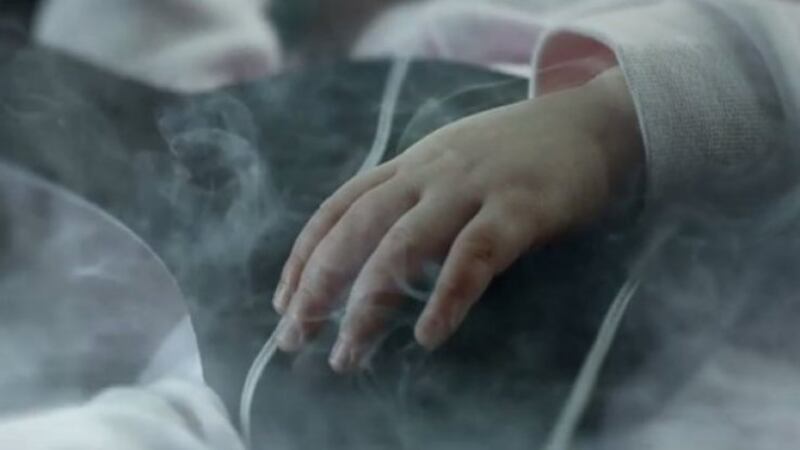New evidence shows one in five children continue to be exposed to smoking in cars, and that exposure even increased in 2015. According to ASPIRE2025 researchers, this contradicts Government claims that current initiatives are sufficient to protect children from the hazards of exposure to second-hand smoke
The surveys were conducted between 2006 and 2015, and included between 19,000 and 29,500 students who were asked whether, in the past week, others had smoked around them in a car or van.
Professor Richard Edwards, from the University of Otago, Wellington and co-director of the ASPIRE2025 research collaboration, says his team’s analysis shows that exposure of children to smoking in cars is unacceptably high and actually increased in 2015 with close to one third of Māori students and over a quarter of Pacific students reporting being in a car with someone smoking in the past week.
“If the levels of exposure reported in 2015 in the survey applied to all Year 10 students, we estimate that almost 12,000 14–15 year-olds were exposed to smoking in cars each week in that year,” Professor Edwards says.
In October 2015, a petition presented to Parliament by Patu Puauahi Tai Tokerau/Smokefree Northland prompted a Health Select Committee investigation and subsequent recommendation that the Government introduce legislation or other measures to ban smoking in cars carrying children under the age of 18 years.
The Government issued a response to the Health Select Committee in March 2017. This acknowledged the serious health risks of SHS, and the importance of protecting children from these harms, but rejected the recommendation to introduce legislation to ban smoking in cars carrying children on the grounds that “present initiatives are sufficient to deter smoking in cars carrying children under the age of 18 years”.
However, the authors of the NZMJ study question the extent of ‘current initiatives’ to reduce smoking in cars, noting that the only sustained national non-legislative intervention was a mass media campaign that ran from 2006–2008. While there has been intermittent implementation of the previous campaign in 2012 and 2013, and occasional local or regional initiatives supported by community partnership grants, no sustained national interventions on smokefree cars have taken place since 2008.
Professor Edwards comments “Levels of second-hand smoke in cars are very high, making SHS exposure in cars a particularly severe health hazard for children. Many countries, including the UK and states and provinces in Australia, Canada and America, have introduced legislation to prohibit smoking in cars where children are present. So, New Zealand is falling well short of international best practice on protecting children from this completely avoidable harm.”
The health effects of second-hand smoke (SHS) for children include increased risk of respiratory tract infections, exacerbations of asthma and ‘glue ear’.
The researchers argue that the evidence from this new study suggests exposure to SHS through smoking in cars continues to be a significant health hazard for many thousands of school students and children in New Zealand, particularly for Māori and Pacific children.
They encourage the Government to reconsider its decision and introduce smokefree cars legislation in order to protect children from the adverse health effects of SHS exposure and help reduce inequalities in health among children.

